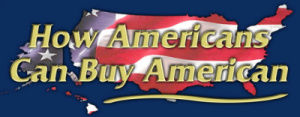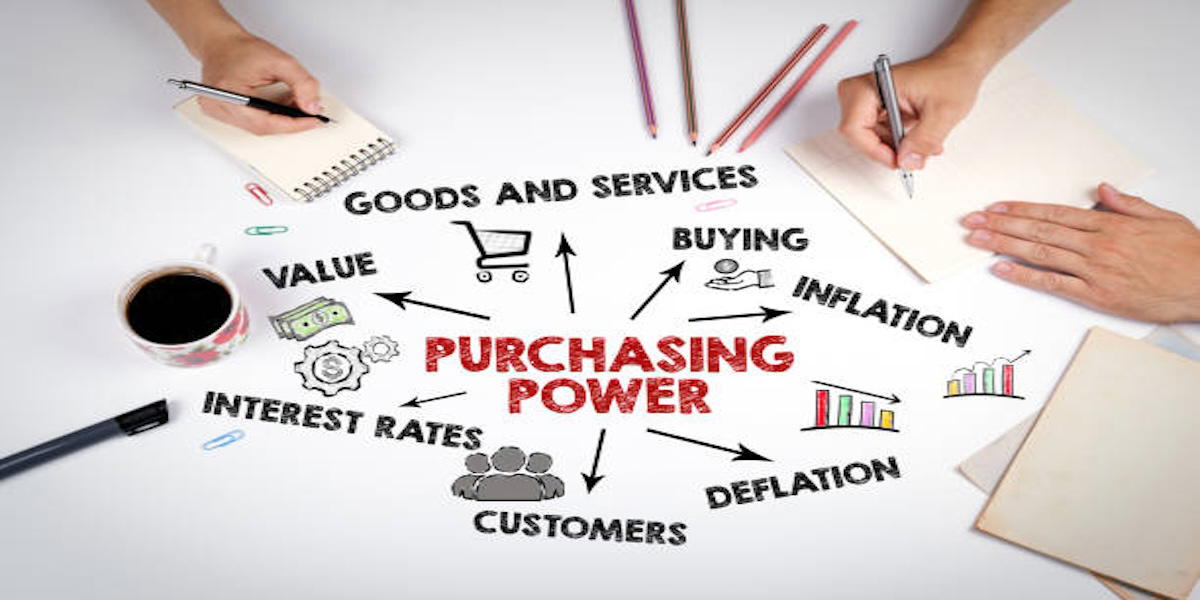Tariffs first impact the foreign producer or the importer. They are the ones who decide whether to “absorb” this cost—or pass it down the supply chain. Unlike sales taxes, which appear at the cash register, tariffs are imposed at the Port of Los Angeles, for example, and then managed at various stages of the supply chain. This means the final price tag doesn’t always reflect the tariff as clearly as many would assume.
In the wake of the 2018 “Trump tariffs,” America’s consumers haven’t experienced noticeable price increases. That’s because tariffs don’t operate like a sales tax. They’re not simply slapped onto retail prices. And if anything, the inflation consumers have in recent years has occurred in non-tariffed purchases such as housing, energy, food, and insurance.
Read the article.


